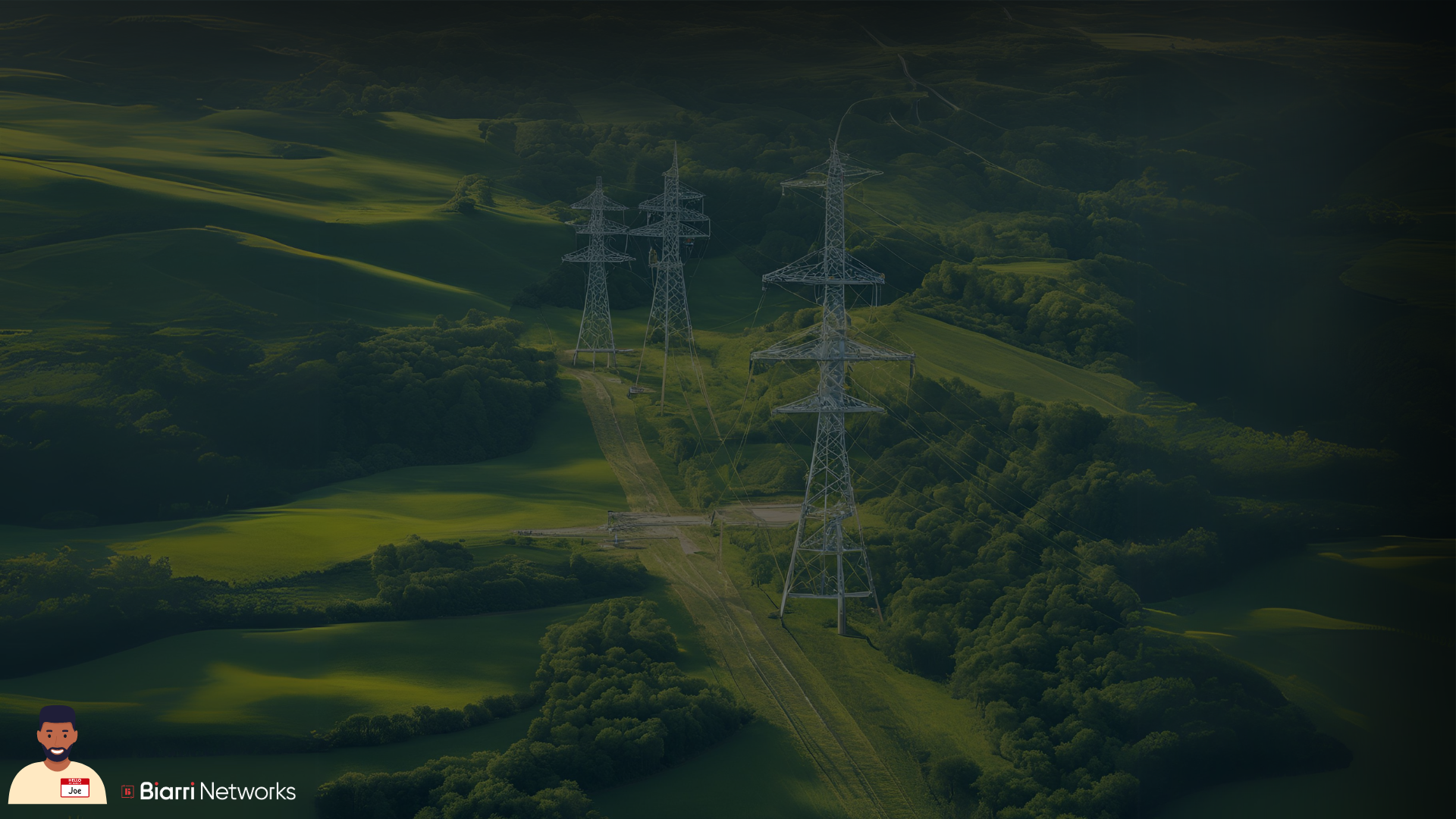FTTH Project Pitch: Mastering Impactful Decision Making in Four Steps
As we look to close the digital divide, deciding which communities to connect or prioritize can feel like finding a needle in a haystack. In this...
1 min read
.png) Jan Moeremans
:
Aug 27, 2024 11:01:48 AM
Jan Moeremans
:
Aug 27, 2024 11:01:48 AM

The design stage of a fiber network deployment is a critical phase where careful planning meets real-world execution. Any misstep can have serious consequences, including delays, cost overruns, and network performance issues.
For instance, if the design phase underestimates the required amount of fiber cable, the project could face significant delays while waiting for additional materials. This can lead to weeks of lost time, particularly if suppliers have long lead times, ultimately pushing the project beyond its planned schedule.
Consider a scenario where the design fails to account for challenging terrains, such as rocky ground or densely populated urban areas. Ignoring these complexities is akin to kicking the can down the road; construction crews may later encounter unexpected obstacles, requiring costly re-routing of the network and further delays.
This can sometimes push the project over budget and derail the timeline, negatively impacting the overall service rollout. Neglecting early risk identification can also lead to critical issues being overlooked, such as unmapped underground utilities. This oversight can result in accidental damage during trenching, leading to repair costs, legal liabilities, and additional project delays.
Moreover, poor coordination among engineers, contractors, and suppliers can cause miscommunications, resulting in errors like incorrect cable installation or misaligned network nodes—problems that necessitate costly rework.
However, there are effective strategies to mitigate these risks:
- Data cleaning and processing ensure that all project information is accurate and up to date, reducing the chance of errors.
- Field address validation is crucial for verifying the locations where work will be carried out, preventing costly mistakes.
- A solid walkout process—where teams physically inspect and confirm site conditions before work begins—can help identify potential issues early on, ensuring the build stage proceeds smoothly.
Additionally, consider the following best practices:
- Conduct thorough site surveys to identify potential challenges and develop contingency plans.
- Implement a robust project management framework to ensure clear stakeholder communication and coordination.
- Leverage technology, such as automation and advanced mapping tools, to streamline the build stage process and improve accuracy.
By implementing these strategies and best practices, fiber network operators can minimize risks, ensure a smooth build stage, and deliver high-quality networks that meet their customers’ evolving needs.

As we look to close the digital divide, deciding which communities to connect or prioritize can feel like finding a needle in a haystack. In this...

Once the design and engineering stage is complete, the fiber network journey is just beginning. As the project progresses to fiber construction,...
%20(1080%20%C3%97%201080%20px)%20(2).png)
You’ve rallied fans, charted a course, found funds, and gotten some help with engineering. Now you’re going to pave the way to success with a...